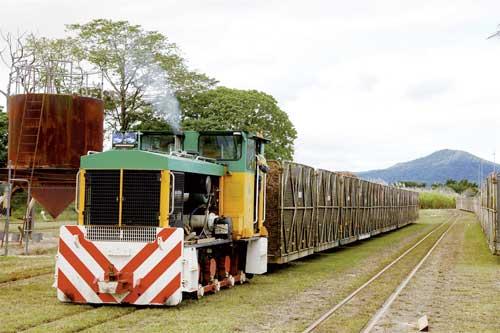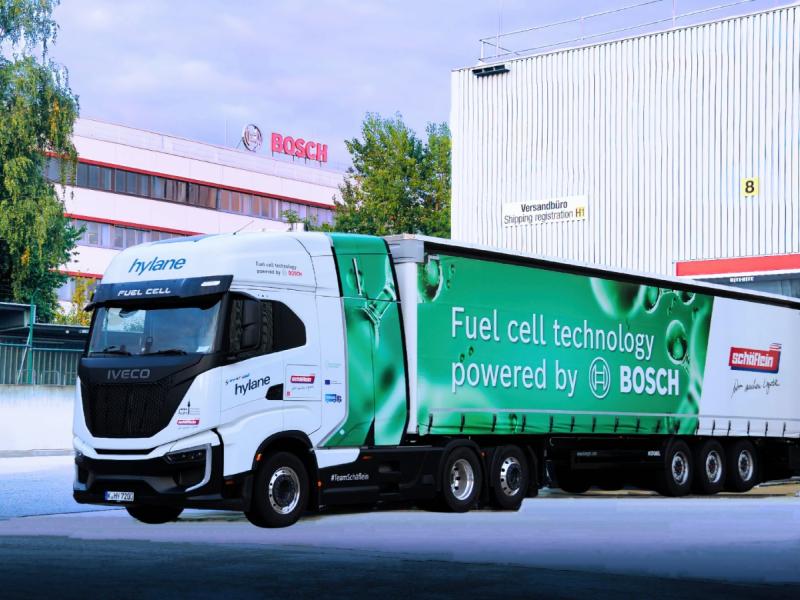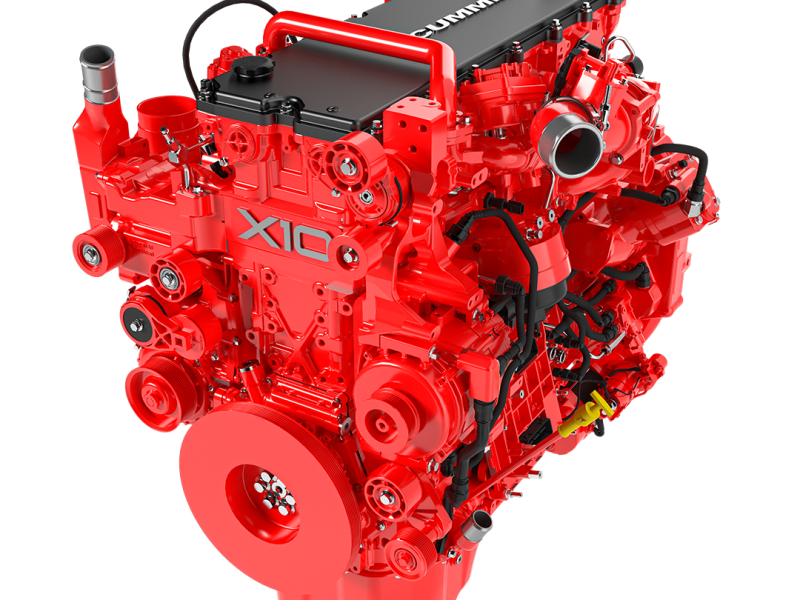Allison’s innovative re-gear for ageing locomotive fleets shows reduced fuel costs of more than 30 percent.
Allison Transmission has provided a cost-effective and more efficient solution for re-gearing a fleet of ageing sugar cane train locomotives in Australia’s Far North Queensland region.
Ross Nucifora of RSC Diesels, the Allison dealer in Cairns, devised the concept of combining a Scania 275hp DC9 industrial diesel engine with an Allison 3000SP automatic transmission. Early indications suggest that the new driveline may cut the mill’s annual fuel bill by more than 30 percent and the cost of replacing old engines and fluid drive couplings by almost $1.2 million AUD.
Engineers at Mulgrave Mill were faced with rising fuel prices, increasing repair costs and a significant capital outlay to replace the old, inefficient powertrain components used in their cane trains. “Locomotives equipped with very old diesels and fluid drive couplings would have been very expensive to replace and quite inefficient, with no lock up and about 30 percent slippage,” says Nucifora.
“What we did, in cooperation with Allison, was come up with a package to replace the old driveline with new and more efficient diesels and Allison’s latest technology - electronically controlled automatics,” he says.
“Initially we re-geared one locomotive as a trial, and the results were outstanding, cutting fuel consumption from 17.5 litres per hour to just 11.5 litres per hour, a savings of 34 percent, while also delivering faster acceleration resulting in quicker trip times,” he added.
According to Morty Owens, plant engineer for boilers and rolling stock at Mulgrave Mill, “The Allison solution is a simple concept that performs perfectly in the hard working cane train locomotives.
“The rising costs of maintaining the old drivelines was a trigger for investigating alternatives, and when I mentioned this to Ross Nucifora, he suggested that the Allison on-road transmission could be adapted and would be more efficient and cost effective, with lower maintenance costs,” said Owens.
From April to November, a fleet of 12 locomotives hauls up to 600 tons of cut sugar cane along 230 kilometres (142 miles) of track to Mulgrave Mill, where the cane is processed into raw sugar products. Each locomotive averages between 1,500 and 2,000 hours of operation seasonally, transporting about 1.3 million tons of sugar cane annually.
In 2011, the Mulgrave Mill had a diesel locomotive fuel bill of more than $250,000. When all locomotives are converted to the new Scania engine and Allison transmission driveline, the mill expects to save close to $100,000 per year in fuel, while reducing emissions and environmental impact.
“Using the Allison 3000SP transmission also saves us about $100,000 in capital costs per locomotive compared to replacement of the old fluid drive couplings. No matter which way you look at it, the Allison solution is a smart business decision,” says Owens. “In addition, Allison transmissions deliver faster acceleration and cruise speed with our fully-laden trains, which means they are more productive and will shift more cane in a given time.”
Ross Nucifora and his team at RSC Diesels in Cairns has programmed the 3000SP transmission to maximize efficient operation with the Scania five-cylinder diesel engine, and also for the unique locomotive application.
“We programmed the 3000SP to maximise traction, which is required with steel wheels on tracks, and also to allow for optimal efficiency capabilities through electronic controls and gearing. That means that the 30 percent slippage of the old fluid drive coupling is no longer a factor,” said Nucifora. “And the compact design of the Allison 3000SP compared to the previous fluid drive couplings means there is more room for our maintenance crew to service any other components,” he says.
With Mulgrave Mill convinced of the value of the new Allison driveline, Ross Nucifora is now marketing the replacement driveline to other sugar mills. The vast majority of Australian sugar is produced in mills dotted along Queensland’s coastal plains from the NSW border all the way to Cairns, 1,800 kilomtres (1,118 miles) further north.
“There are hundreds of locomotives at sugar mills up and down the Queensland coast. All are around 50 years old, using old technology and inefficient drivelines that cost operators a lot in wasted fuel and slower trip times. We now have a proven package that will save money and time,” Nucifora finished.
Sweet solution for train fleet
Sweet solution for train fleet
Diesel Industry News
Tuesday, 09 October 2012






